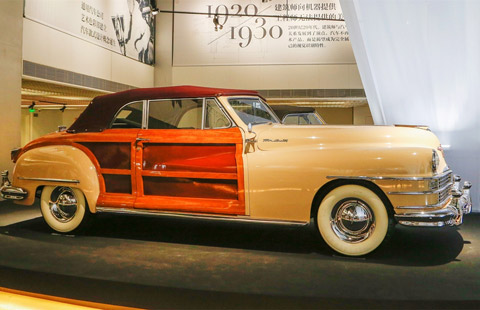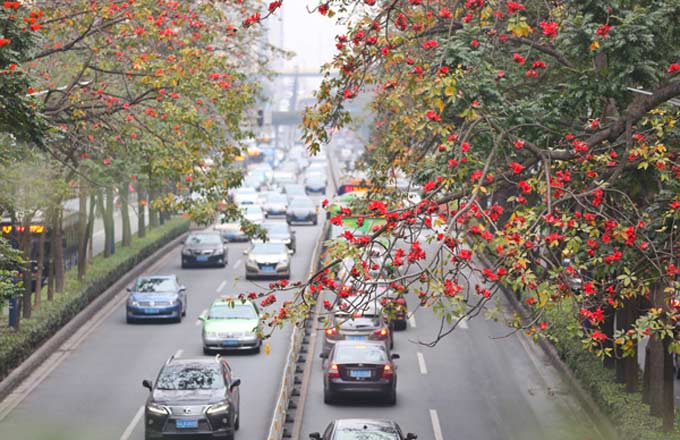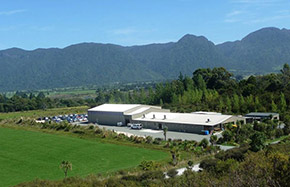Long-term urbanization plan due this year
Jiang Kejun, a senior researcher with the NDRC's Energy System Analysis and Market Analysis Research Center, said the plan would include measures to cut urban carbon emissions and energy consumption. "Beijing's annual coal consumption will be reduced from the current 29 million tons to 19 million tons in 2015, and further to 5 million tons."
An executive meeting of the State Council, or the cabinet, on Monday led by Premier Li called for a medium to long-term development plan for urbanization to be studied, and supporting policies, such as hukou reform, to be launched.
Earlier reports said the plan will be submitted to the State Council for approval by the end of June, before detailed policies and supporting local measures are released.
According to Li Tie, the final plan will be issued in the second half of this year.
Xu Lin, director of the NDRC's department of development and planning, was quoted by Caixin Media as saying that opinions on the plan are being sought from local authorities and experts. The NDRC has carried out research for more than two years with 14 other ministries on China's urbanization plan toward 2020, Xu said.
He called the plan the toughest mission for NDRC in more than two decades, not only because of differing views on the issue, but because it is dealing with the world's largest population and fastest urbanization process.
China's urbanization level is 52.6 percent in terms of permanent urban residents, compared with 80 percent in Western countries.
However, only one-third of the Chinese population possesses a city hukou, qualifying them for improved social welfare, excluding about 250 million migrant workers in cities.
Xu said China's urbanization level, which has been growing at 1.3 percentage points annually since 2000, would continue climbing and finally stabilize at between 70 and 80 percent in the next two decades.
















